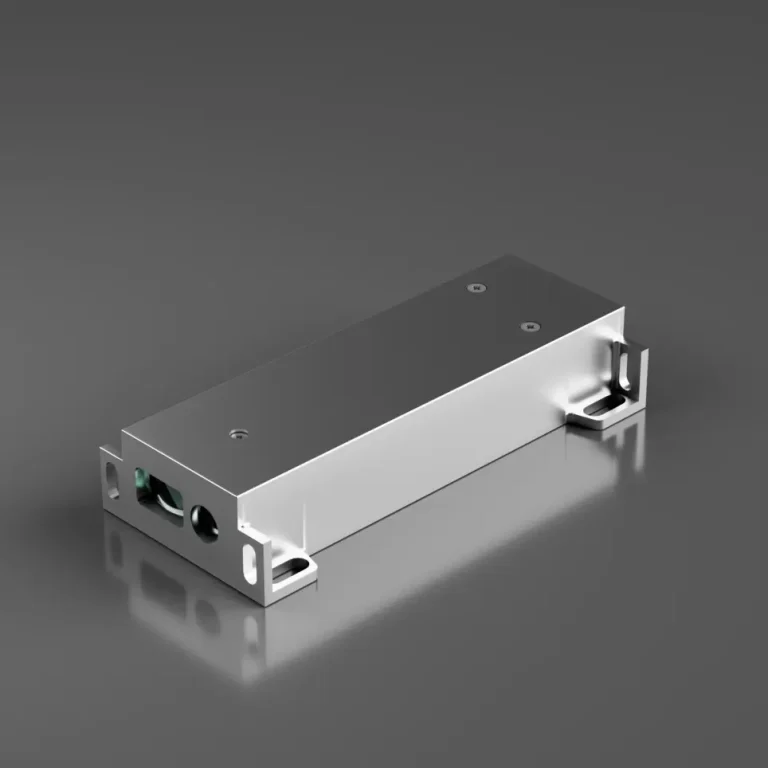Laser Distance Sensors for Harsh Environments: From -40°C to +60°C
Laser distance sensors play a crucial role in numerous industrial and outdoor applications, where accurate and reliable distance measurements are essential. When it comes to extreme conditions, such as temperatures ranging from -40°C to +60°C, traditional sensors often fall short due to performance degradation or complete failure. That’s where specialized low temperature laser distance sensors shine, offering precision, durability, and resilience in the harshest environments.
In this article, we will explore the technology behind laser distance sensors designed for such challenging temperature ranges, highlight their applications, and discuss what makes them ideal for harsh environments.
Understanding Low Temperature Laser Distance Sensors
A low temperature laser distance sensor is engineered to operate efficiently despite extreme cold or heat. These sensors utilize laser technology to measure the distance between the sensor and an object by calculating the time it takes for a laser beam to bounce back from the target surface. This process, known as Time-of-Flight (ToF), provides precise measurements over various distances.
However, when temperatures drop below freezing or soar above typical operating ranges, many sensors experience mechanical stress, swelling or shrinking of components, condensation, or electronic malfunction. Specialized sensors designed for -40°C to +60°C overcome these challenges by incorporating materials and electronics tailored to extreme thermal conditions.
Key Features of Laser Distance Sensors for Harsh Environments
-
Wide Operating Temperature Range: The hallmark of these sensors is their ability to perform smoothly in a span stretching from deep sub-zero cold (-40°C) to intense heat (+60°C). This enables uninterrupted functionality in outdoor locations, freezers, deserts, and industrial sites.
-
Temperature-Resistant Materials: Critical sensor components, such as housing and optical elements, are constructed from high-grade materials like stainless steel or reinforced polymers that resist thermal expansion and contraction. Optical windows are typically coated with anti-fog and anti-condensation substances to maintain clear measurement paths.
-
Advanced Electronics: Circuit boards and microchips are chosen or designed to tolerate extreme temperatures. Thermal management techniques, including specialized coatings and internal heat dissipation, assure stable operation despite temperature fluctuations.
-
Robust Enclosure and Sealing: Air-tight and moisture-proof enclosures protect the sensor’s internal parts against humidity, dust, and corrosive substances common in harsh environments. Many sensors meet IP67 or higher ratings.
-
High Accuracy and Fast Response: Despite their durability, these sensors do not compromise on precision or speed, delivering millimeter-level accuracy and rapid measurements suitable for real-time monitoring.
Applications of Low Temperature Laser Distance Sensors
The versatility of laser distance sensors that thrive in harsh temperature conditions opens doors to a wide variety of use cases:
Industrial Automation and Robotics
In industries such as automotive manufacturing, steel production, and logistics, robotic arms and automated systems frequently operate in demanding environments. Sensors withstand cold storage facilities or hot furnaces, providing continuous feedback for positioning, navigation, and quality assurance.
Outdoor Infrastructure Monitoring
Bridges, dams, and power plants exposed to the elements benefit from laser sensors capable of tracking structural changes or detecting movement. From icy winters to blazing summers, remote monitoring systems depend on these sensors to ensure safety and longevity.
Cold Chain and Food Processing
Maintaining reliable measurements inside cold storage units (often below -20°C) is vital for inventory management and process control in food and pharmaceutical industries. Low temperature laser distance sensors excel in these environments, ensuring traceability without sensor failure.
Mining and Construction
Mining operations frequently involve harsh and dusty environments with temperature extremes. Laser distance sensors help control vehicle proximity, monitor excavation depths, and automate machinery, increasing operational safety and efficiency.
Choosing the Right Laser Distance Sensor for Harsh Environments
Selecting an appropriate sensor requires attention to several factors beyond just temperature rating:
-
Measurement Range: Ensure the sensor accommodates the distance requirements of your application, whether it involves short-range precision or longer-distance detection.
-
Accuracy and Resolution: Depending on whether the application needs millimeter or centimeter accuracy, pick a sensor optimized for that specification.
-
Environmental Resistance: Check for certifications like IP ratings, shock and vibration resistance, and chemical resistance relevant to your industry.
-
Communication Interface: Compatibility with existing control systems, including options such as analog outputs, serial interfaces, or industrial fieldbus protocols, simplifies integration.
-
Power Consumption: Low power sensors are preferred for remote or battery-powered installations.
Final Thoughts
Investing in a low temperature laser distance sensor designed for environments ranging from -40°C to +60°C ensures consistent, reliable performance even under extreme conditions. By combining solid engineering, specialized materials, and smart electronics, these sensors keep critical measurement processes in place where failure isn’t an option.
Whether in icy outdoor monitoring, industrial automation, or food processing freezers, these robust sensors are key for maintaining accuracy and operational continuity. When selecting a sensor, it’s essential to consider the entire environmental landscape and application needs to maximize the benefits of this advanced technology.
Embracing these sensors means embracing reliability — no matter if the thermometer drops way below freezing or the sun beats down mercilessly.




